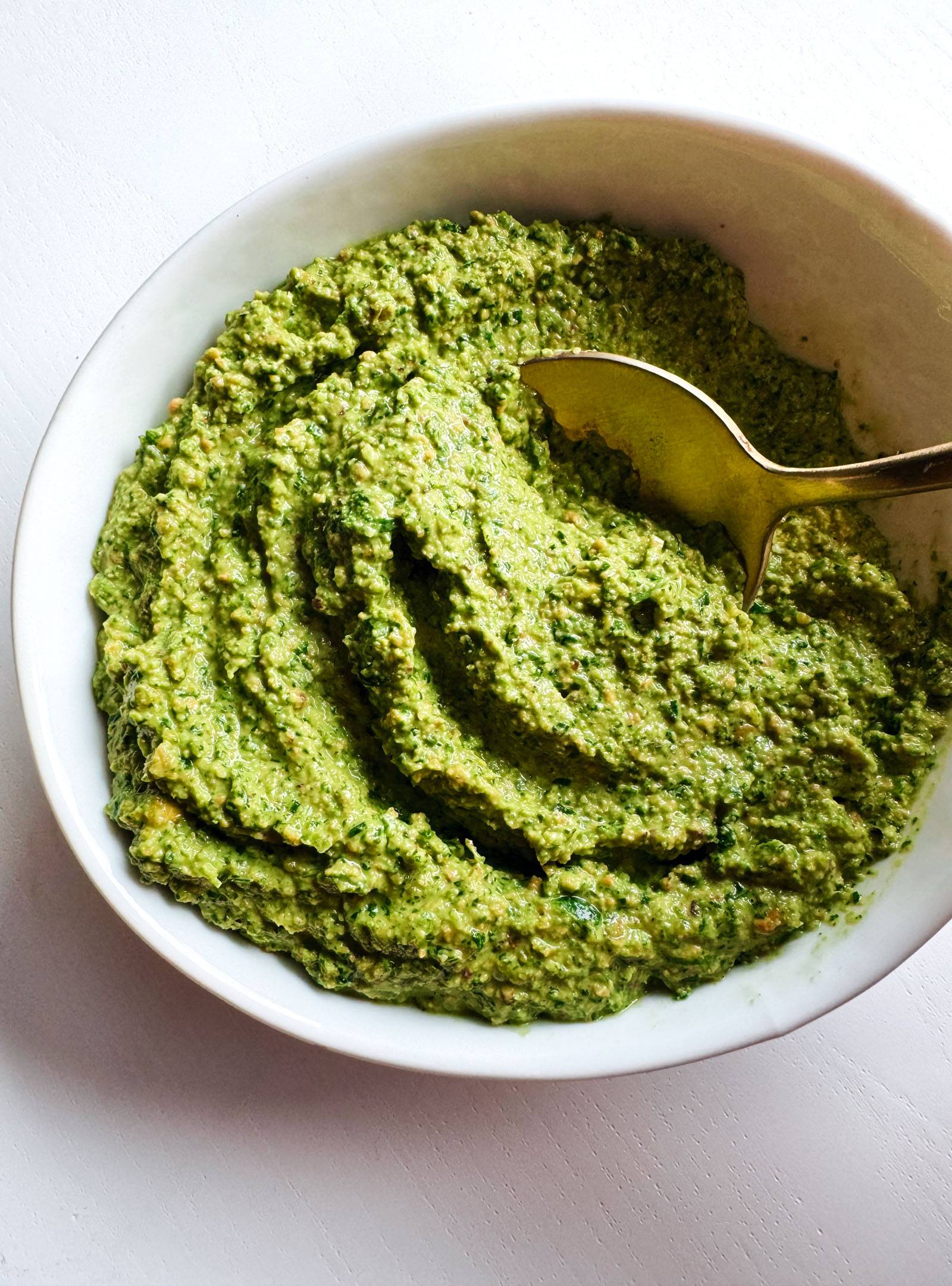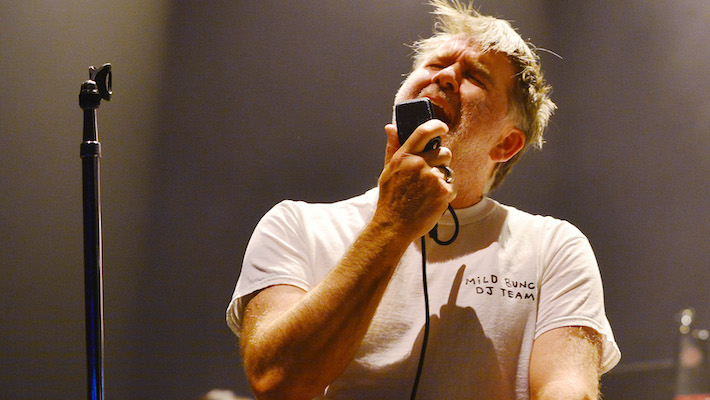It's Donald Trump's world now to win or lose
President Donald Trump is taking a more assertive role on the global stage, aiming to establish Washington as an aggressive driver of global affairs, with a focus on maximum pressure on Iran and a strategic pivot to the Indo-Pacific.

Like it or not, we are not in Kansas anymore.
President Trump is taking the country down a very different geopolitical path. The yet-to-be-determined future of the Land of Oz lies ahead, especially in Ukraine, the Middle East and the Indo-Pacific.
One thing is abundantly clear. Globally-speaking, it is Trump’s world now. The self-defeating passivity of the Biden Administration is gone, and the 47th president, for better or worse, is forcefully asserting himself on the global stage.
We saw hints of what is likely to come on Trump’s first day in office. While signing a series of executive orders in the Oval Office, Trump strikingly put Russian President Vladimir Putin on notice.
Essentially, Trump told Putin he is losing in Ukraine. Commenting that “he isn’t doing so well,” he observed that Putin is “grinding it out.”
Trump then twisted the knife, noting that “most people thought that war would have been over in about one week and now you are into three years.” He continued claiming that “we have numbers that almost 1 million Russian soldiers have been killed.”
Notably gone was any Biden-style White House fear of Putin’s evergreen nuclear bluffing. In its place is a president supremely confident he already holds the winning hand in Ukraine — and he drove that point home mocking Putin’s wartime leadership by remarking, “That’s no way to run a country.”
On Wednesday, Trump gave his special envoy to Ukraine and Russia retired Army Lt. Gen. Keith Kellogg a 100-day deadline to end the war in Ukraine. How that shakes out remains a work in progress, but new sanctions, tariffs and the release of precision deep strike weapons for strikes inside of Russia have been discussed. Trump also had a new warning for Putin on Wednesday. Cut a deal or, as he put it in all caps, "It’s only going to get worse."
Biden’s permissive environment, first witnessed in his premature and disastrous withdrawal from Afghanistan, has come to an abrupt end. Trump’s White House is reestablishing Washington as an aggressive driver of global affairs — and not an overly cautious and reactionary player.
Indeed, evidence of this was already on display before Trump took office. Hamas’ decision to enter into a ceasefire with Israel was undoubtedly influenced by Trump’s repeated warnings that, “all hell [would] break out” if Hamas failed to begin releasing Oct. 7 hostages — including American citizens — by Inauguration Day.
The policy known as "Maximum Pressure," initially rolled out by the first Trump administration against Iran, is now the new overall U.S. foreign policy doctrinal catchphrase. That applies not just economically, but militarily, diplomatically, and informationally as well — in every respect of the instruments of national power.
Iran is likely to feel Trump’s wrath first. Tehran is accelerating its nuclear breakout. Iranian Supreme Leader Ayatollah Ali Khamenei is doubling down on his military and economic ties with Putin. Last week in Moscow, three days before Trump took office, Putin and Iranian President Masoud Pezeshkian signed a “comprehensive strategic partnership treaty.”
The broad 20-year bilateral agreement includes military cooperation and is a stark reminder that Trump faces a new Axis of Evil that was not yet fully formed when he left office on January 20, 2021. The nexus drawing Moscow, Beijing, Tehran and Pyongyang together were the exigencies of Putin’s battlefield losses in Ukraine – and notably, Kyiv’s bold ongoing military incursion into Russia itself in the Kursk Oblast.
Given Iran’s status as one of Putin’s ‘Arsenals of Evil’ alongside North Korea, Trump cannot geopolitically allow Khamenei to become a nuclear power. North Korea, effectively, is checked in the Indo-Pacific by China, however a nuclear Iran would become an uncontrollable wildcard in terms of Israeli and U.S. interests across the Middle East.
As it is, both Russia and Iran are reeling in that region. Russian-backed Bashar al-Assad’s regime was toppled in Syria, and the new government in Damascus has terminated “a 49-year investment contract with the Russian construction company Stroytransgaz that was signed in 2019.”
Israel, ever since Oct. 7., has been running its own kinetic version of "Maximum Pressure," severely denuded Khamenei’s so-called axis of resistance proxies throughout the Mideast. Hamas’ governing structure was destroyed. Hezbollah was decimated in Lebanon. Various Iranian-backed militias have been eliminated, and Jerusalem has conducted long-range airstrikes against the Houthis operating in western Yemen.
All that remains is to eliminate Iran’s nuclear weapons program and ambitions — and Trump has signaled his potential willingness to do just that. According to a December report in the Wall Street Journal, “Trump has told Israeli Prime Minister Benjamin Netanyahu in recent calls that he is concerned about an Iranian nuclear breakout on his watch.”
Thus far, it appears economic pressure is Trump’s first choice. However, given Iran’s weakened position at the hand of Israel, now is arguably the time to act. As Mark Dubowitz, the president of the Foundation for Defense of Democracies noted, “If you were going to actually do something to neutralize the nuclear-weapons program, this would be it.”
Ultimately, how Trump confronts both Ukraine and Iran will prove dispositive in the Indo-Pacific — especially in Taiwan. Many in Trump’s incoming team, including Secretary of State Marco Rubio, Mike Waltz and John Ratcliffe — are China hawks fully cognizant of Beijing’s malign involvement in Ukraine and in the Middle East.
Chinese President Xi Jinping continues to supply Putin with dual-use technologies for use against Ukraine. And Beijing, according to U.S. intelligence officials, is supplying the Houthis with “Chinese-made components to target Red Sea vessels in exchange for immunity for Chinese-flagged ships.”
Xi is also focused on creating an economic and military footprint in the Western Hemisphere with specific long-range designs on building an Arctic Polar Silk Road, economically controlling the Panama Canal and building a port facility at the southernmost tip of South America to dominate the Strait of Magellan and the Drake Passage.
Biden seemingly viewed all of these challenges from a glass-half-empty perspective. Trump, however, is signaling he sees the glass as half full and is intent on filling it to the brim in terms of safeguarding U.S. national security.
It will not be easy. Putin is not just going to capitulate in Ukraine. China is hell-bent on militarily asserting itself, and much of the U.S. economy and military is hollowed out and missing essential components.
Can Trump strategically connect the Axis of Evil dots? Time will tell. Putin, Xi, Khamenei and North Korean leader Kim Jong-un are betting he cannot. It is Trump’s world now to win or lose.
Mark Toth writes on national security and foreign policy. Col. (Ret.) Jonathan Sweet served 30 years as a military intelligence officer.
What's Your Reaction?





















_Elena_Uve_Alamy.jpg?#)
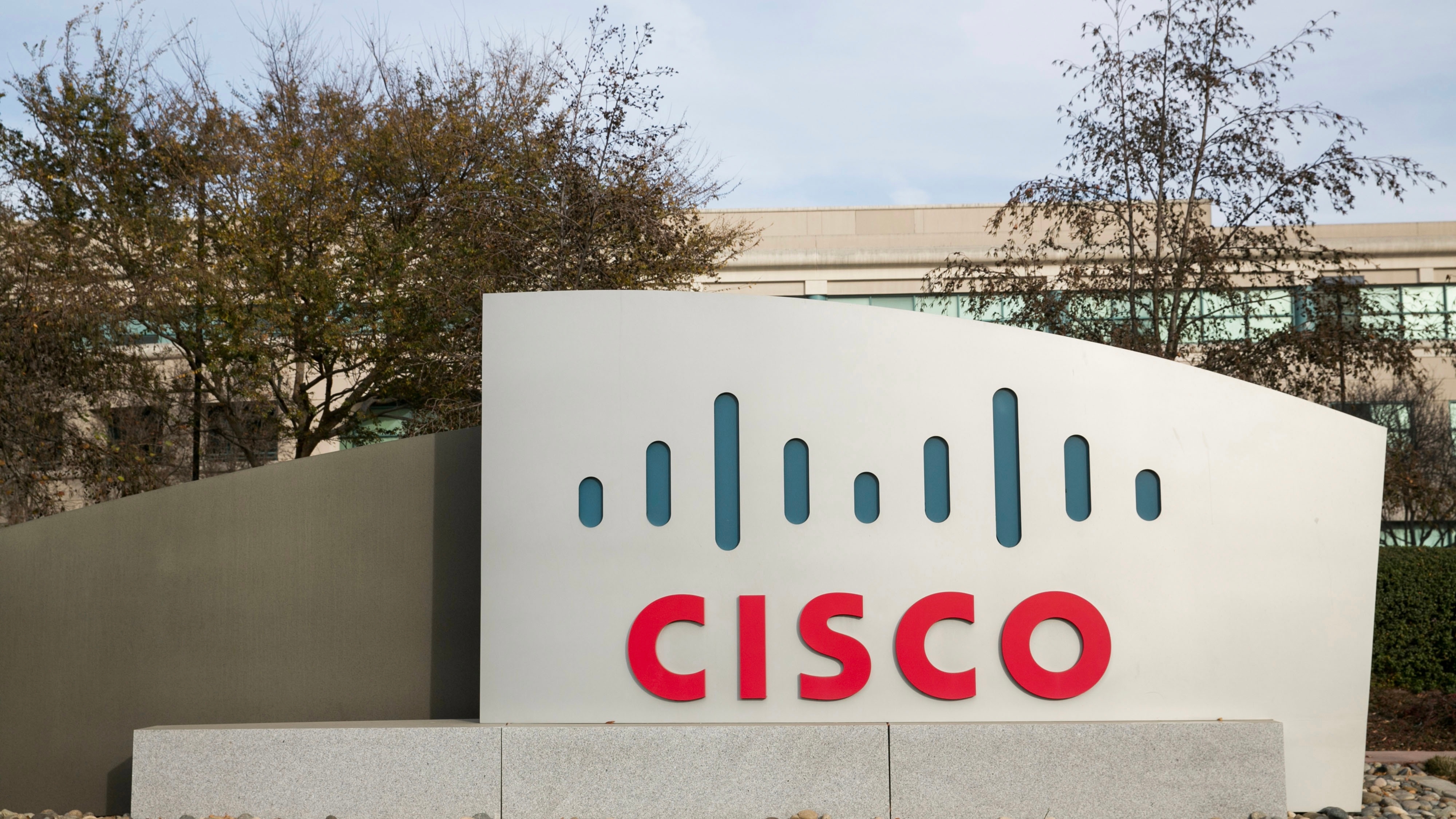
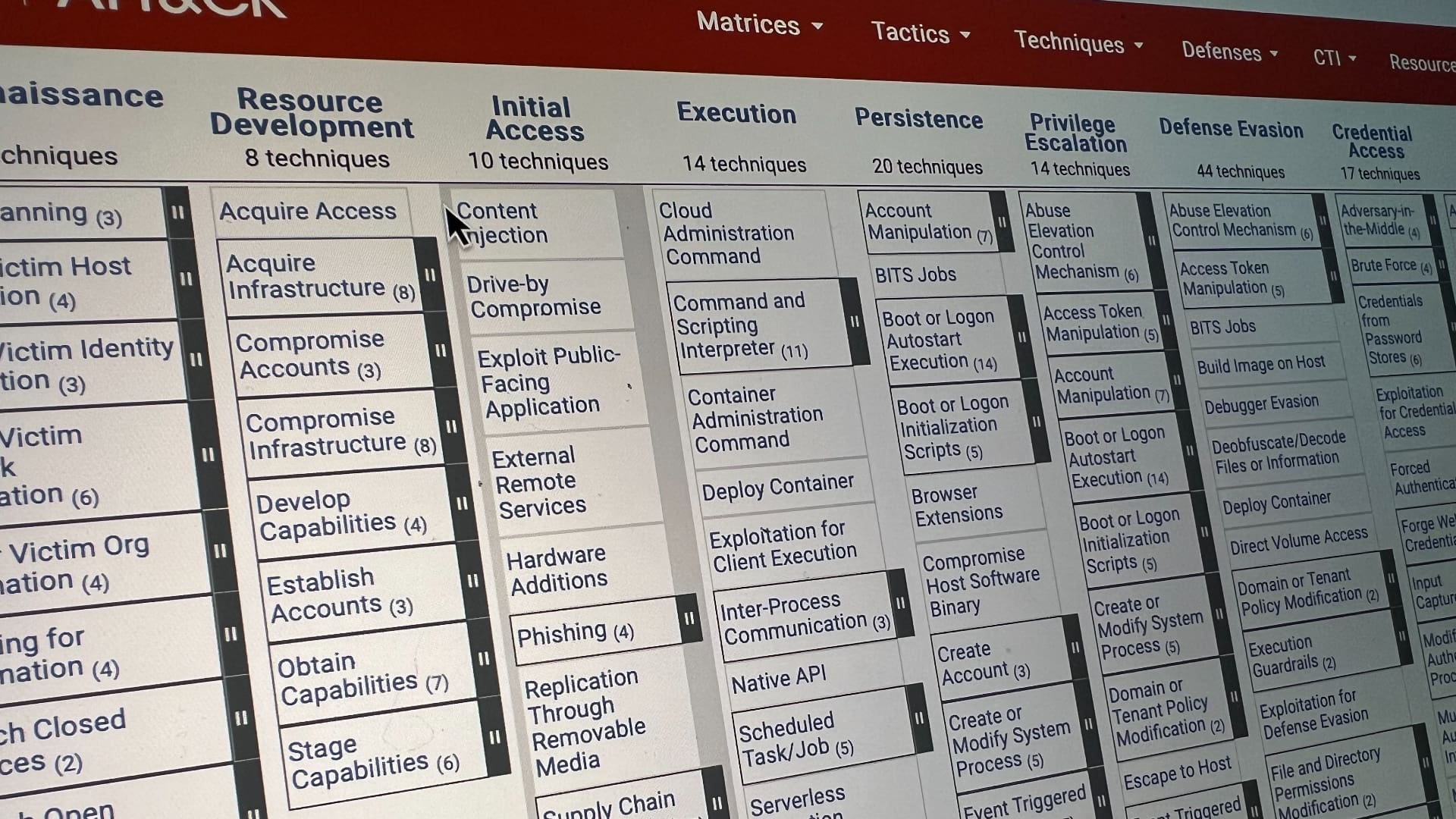
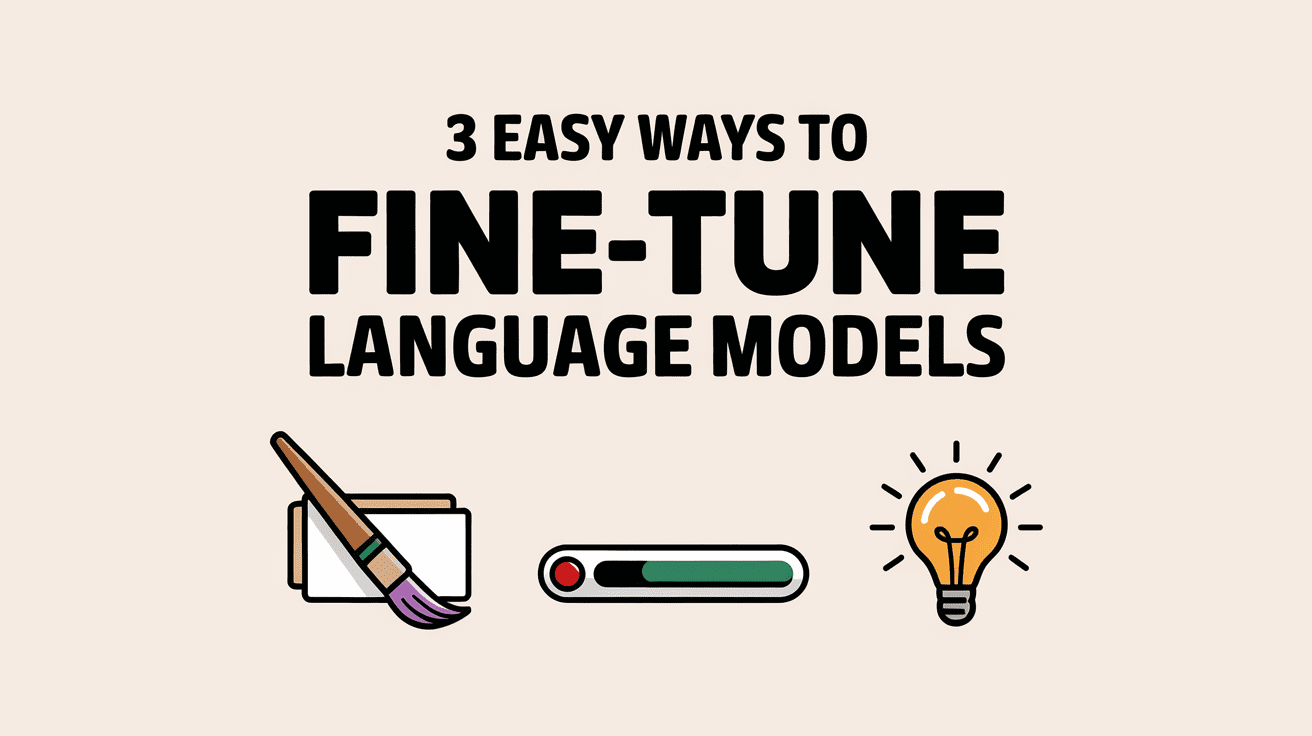

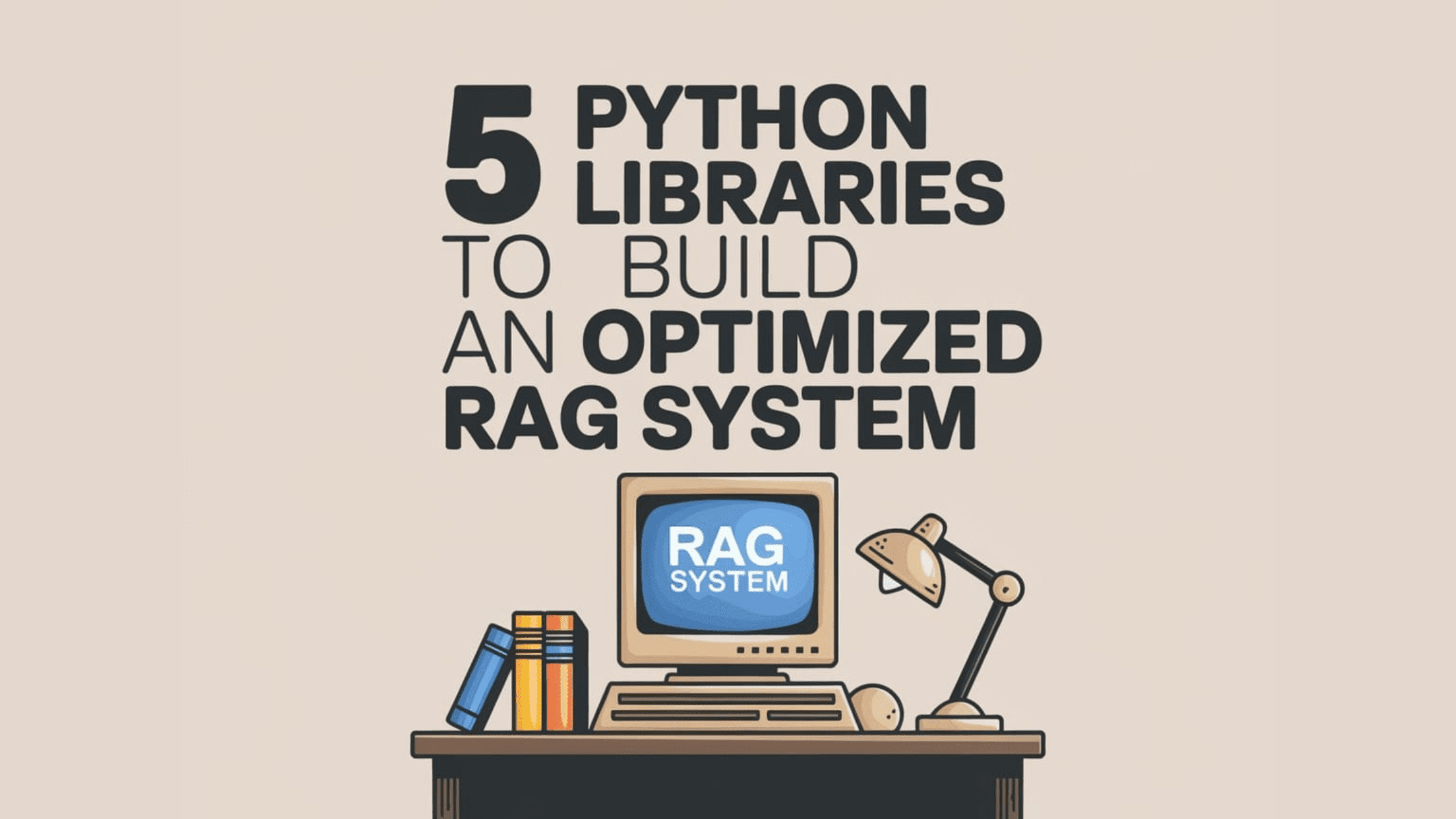
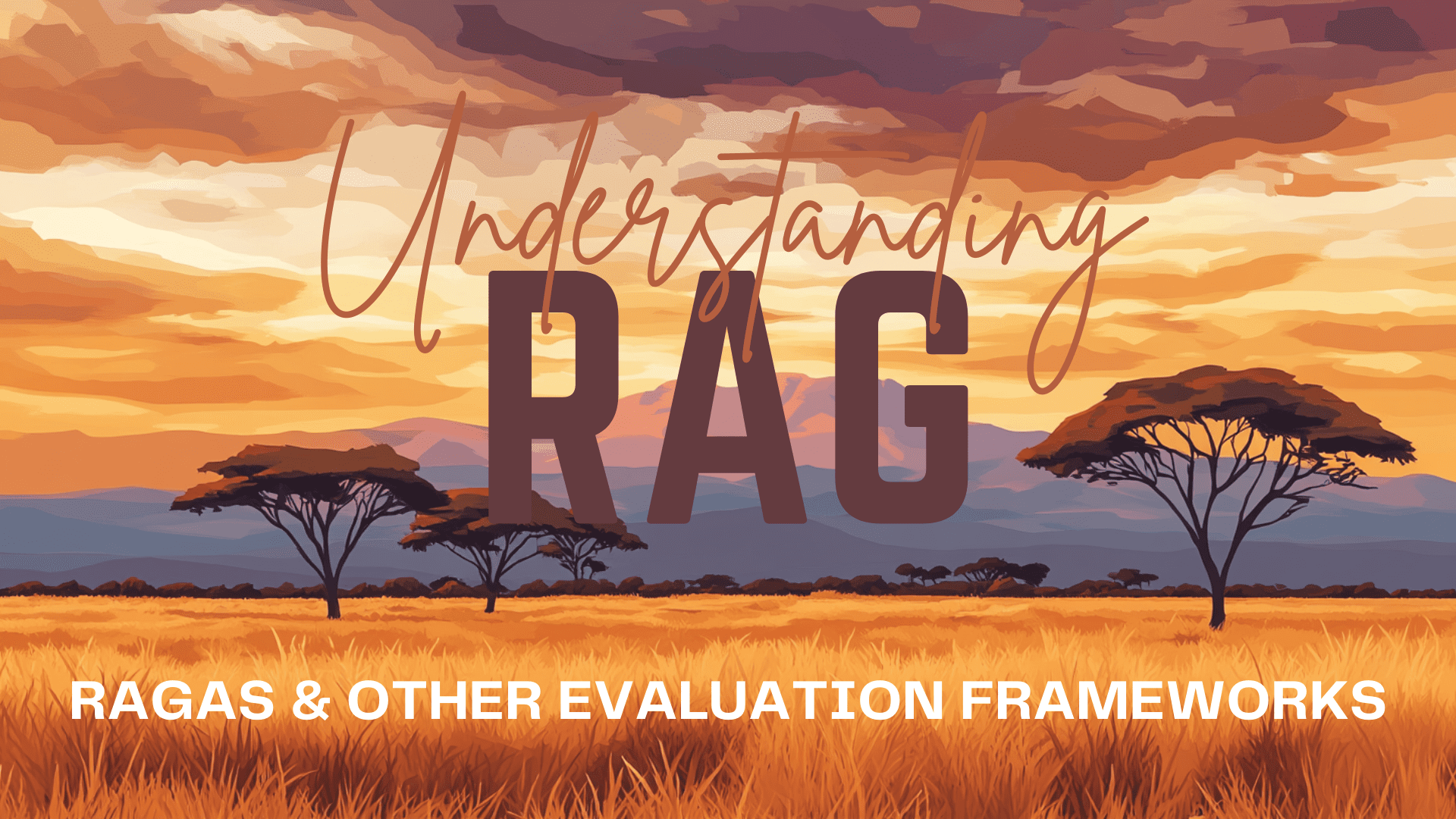





















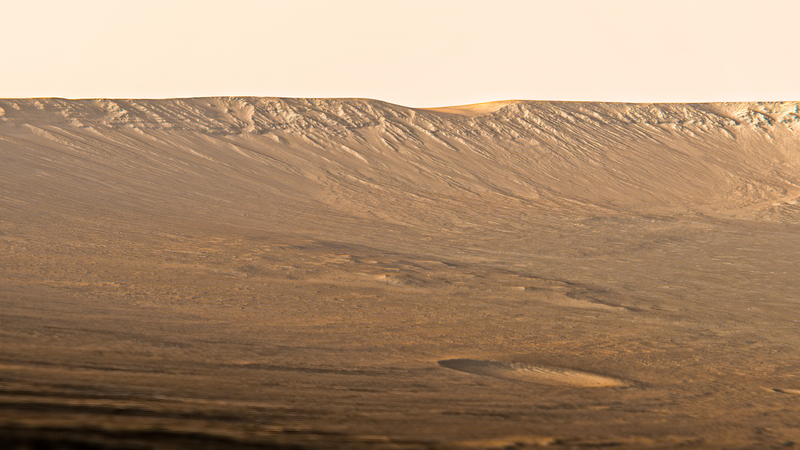
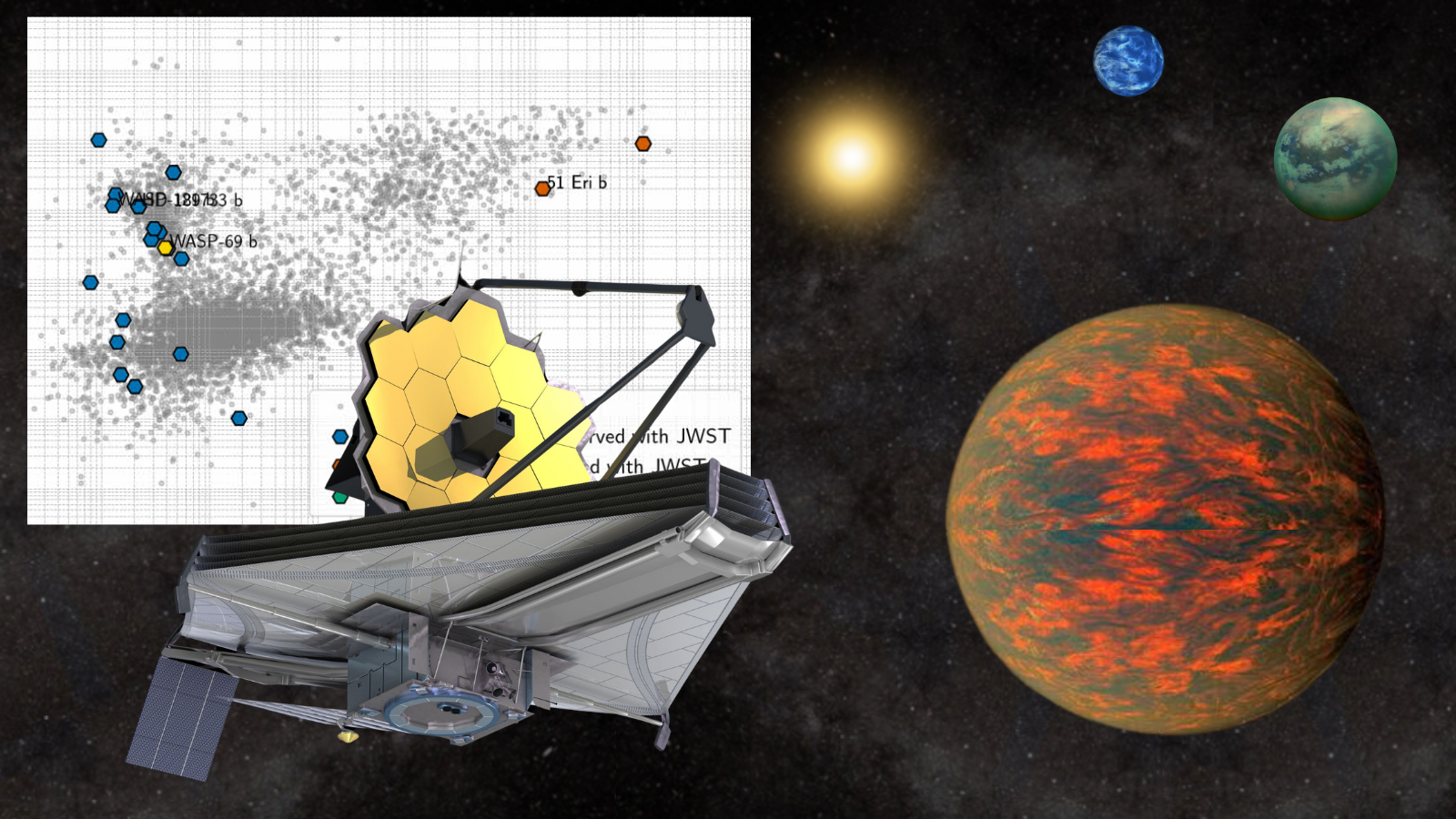




![Kicked Out Of His Seat—Delta Passenger Forced To Move For A Dog [Roundup]](https://viewfromthewing.com/wp-content/uploads/2024/12/delta_dog_in_bulkhead-transformed.jpg?#)




